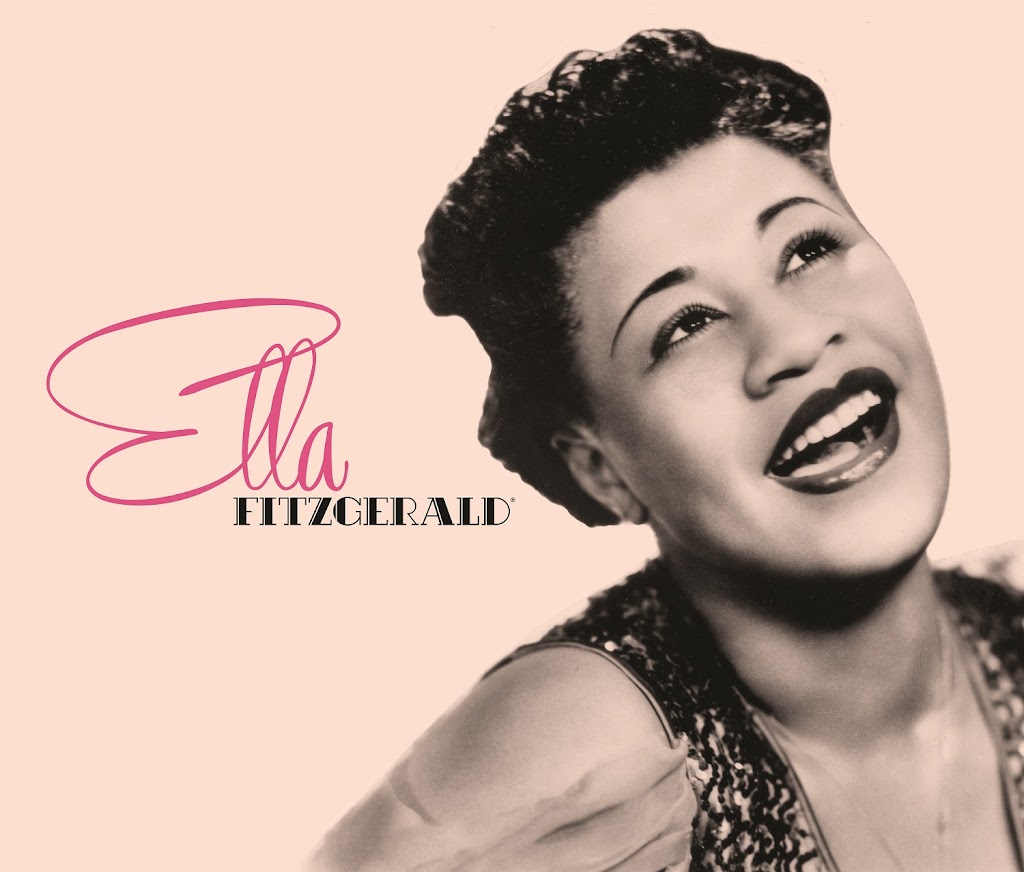In grad school I was taught to be wary of translation metaphors, or at least to critically interrogate them. Lots of discussion of whether it was trite to say that I, the translator, am “a messenger safely carrying meaning across a bridge.” First of all, what is meaning? Many linguists and translators from Jacques Derrida to Theo Hermans have questioned the notion that ontological meaning can even exist separate from language, leading to an entire sociological study of languages and translation where the very act of translating becomes performative in the JL Austin sense. My personal favorite text on linguistics and sociology is Guy Deutscher’s (2010) Through the Language Glass. Having said all this, I’d like to contradict myself and take today to explore a metaphor that came to me while revising the subtitles for a documentary about jazz.
Let me begin by stating that I don’t know a lot about jazz. I’m not a musician, though my brothers both are, and let me tell you that watching identical twins play in a band together is kind of a trip because it looks like they needed one more musician and someone said, “let’s just clone the guitarist and he’ll play the bass, too.”
Anyway, I’m not well versed in music theory, I don’t really play any instruments, and I sing well enough to defend myself at karaoke, but I’m not planning to make a career out of it.
But I do love music. As a translator and writer, my personal form of expression is words, but there’s something so incredible about how music, even music with no words, can be so eloquent. I listen to instrumental music while I work every day, and it’s generally classical or film and television scores. I am often astonished by how clear a tone music can set and how the way notes are combined, the instruments on which they are played, and the rhythm in which they flow can instantly affect your mood.
Gary Giddins, in his Visions of Jazz, contrasts classical music and jazz in a way that I find very relevant to my own work: “The classical performer’s goal is to play the composition as it was written. In contrast, jazz is often characterized by the product of interaction and collaboration, placing less value on the contribution of the composer, if there is one, and more on the performer” (1998, p70). If you read my entire series on various adaptations of Macbeth, then you know that I feel translation is best when collaborative, and that, when examining a translation, less value should be placed on the contribution of the original author than is often done. The fun thing to explore is the differences, rather than the similarities. Maybe that’s what draws people to jazz, too.
But if I really had to play out this metaphor for myself – how writing, translation, classical, and jazz all fit together – it would be something like this. Writing is composing. Classical music, jazz, whatever. The writer is the composer. They create a score that is a text, and each individual reader is their own personal orchestra, breathing their particular vision into those words as they take up the score and play through it. Now why isn’t the translator an orchestra? Well, if it’s traditional translation (what Jakobson calls interlingual translation), then the translator, like the reader, has been handed a score, but the score is composed for a string quartet and I’m going to be producing a new score that puts it in waltz time instead of 4/4, and reworks the music for a rock trio. What I’m saying is, different languages – because culture is a product of language and not the other way around – allow for different means of expression. This isn’t a Debussey reworks Satie’s piano compositions for a full orchestra situation (though I highly recommend both composers’ version of the Gymnopedies because they are very relaxing). This is an Ella Fitzgerald’s “My Reverie” coming from Debussey’s “Reverie” situation. Truly some classic jazz in this case. The translator is given the base structure, but they get to improvise on the theme; the instruments are completely different, so why not have a little fun with it?
Ultimately, we should be wary of translation metaphors. For something that’s so centered on words, it’s a notoriously difficult act to put into them. But the mind never ceases to make connections, and this is one that I made while hard at work on the subtitles last week. I’ll update more on that jazz documentary when it’s officially available, but until then, have a seat, listen to your music of choice, and remember that accidentals can be on purpose, in both music and translation.

